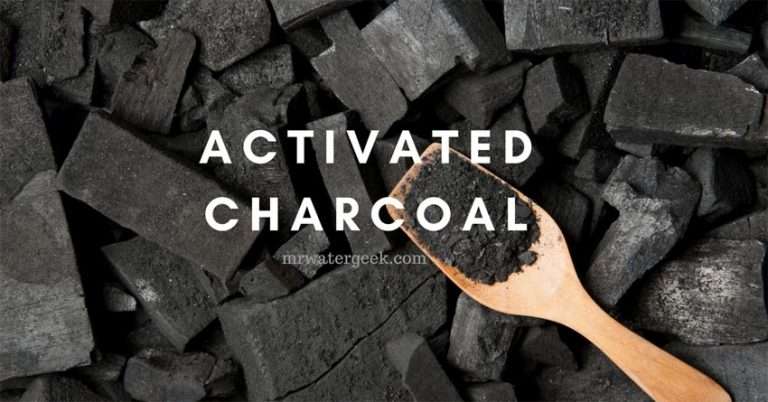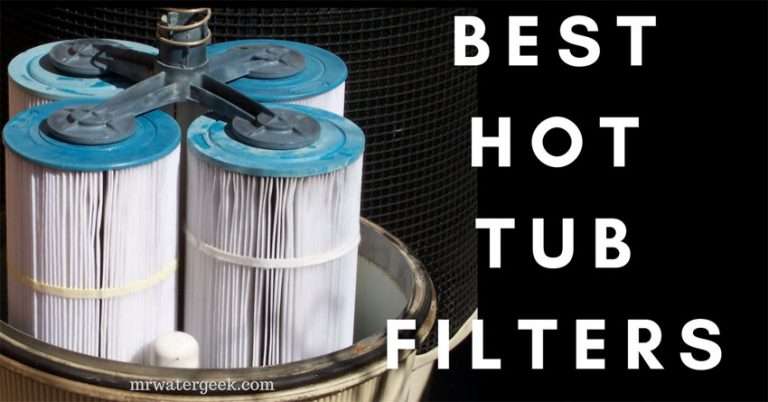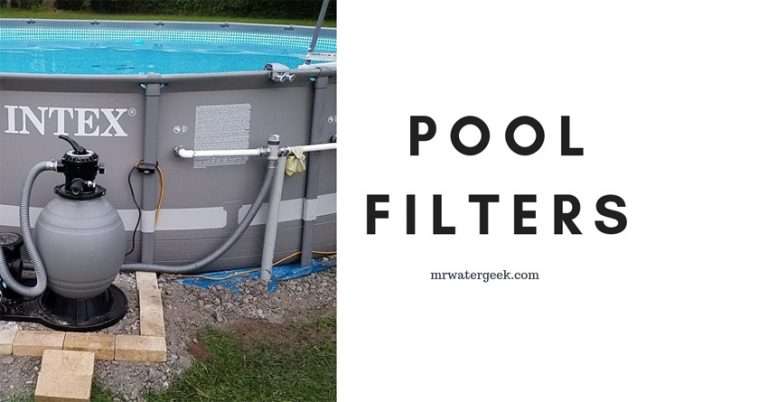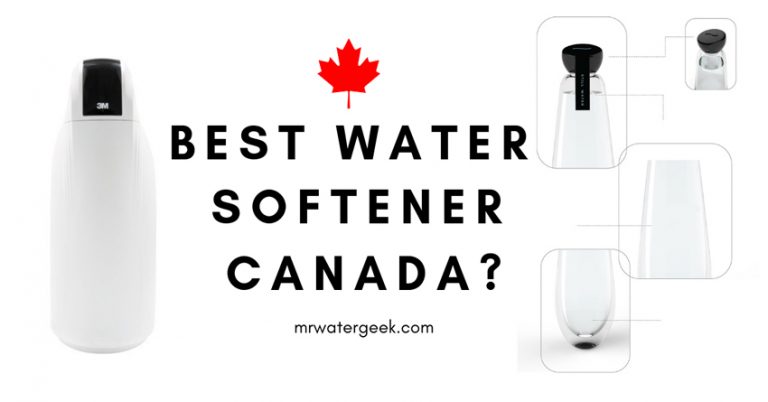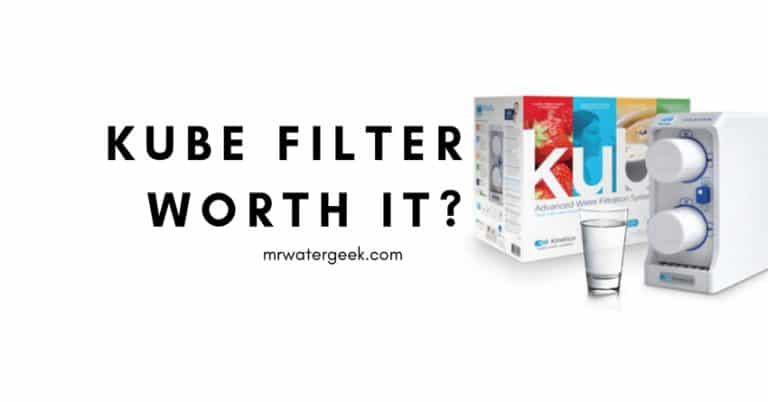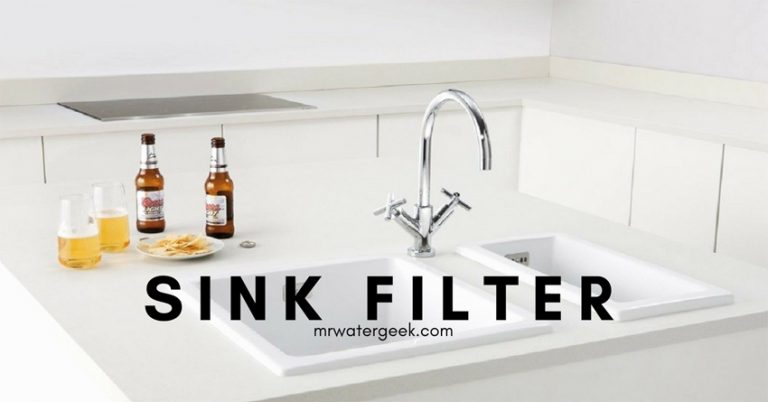The BEST and WORST Aspects of Different Water Filter Systems
Water Filter Systems Distillation
Water distillation is perhaps one of the oldest forms of water purification. In this method, the water is first heated till boiling point and the steam is condensed into a separate container.
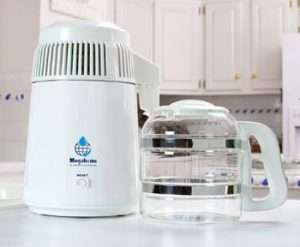 The idea is that most of the main contaminants will stay behind in the original vessel.
The idea is that most of the main contaminants will stay behind in the original vessel.
While the clean “distilled” water will be moved into the new container. It is a fairly straight forward process. So simple that you can do it by yourself at home.
However, this process is not 100% fail proof.
This is because sometimes “carry-overs” can be found in the distilled water. Also, organic substances like pesticides and herbicides cannot always be removed efficiently. Even with boiling points lower than 100°C.
Another potential issue with water distillation is cost. This process typically requires a large amount of time and energy to produce enough clean water.
Finally, the water distillation process takes out most of the minerals you would normally find in water. This means that it often has a “flat taste”. Hence, why it is more commonly used in industrial processes.
Distillation |
|
|
|
Ion Exchange
Ion exchange systems efficiently remove dissolved ions from water. This type of treatment is very good for “water softening”.
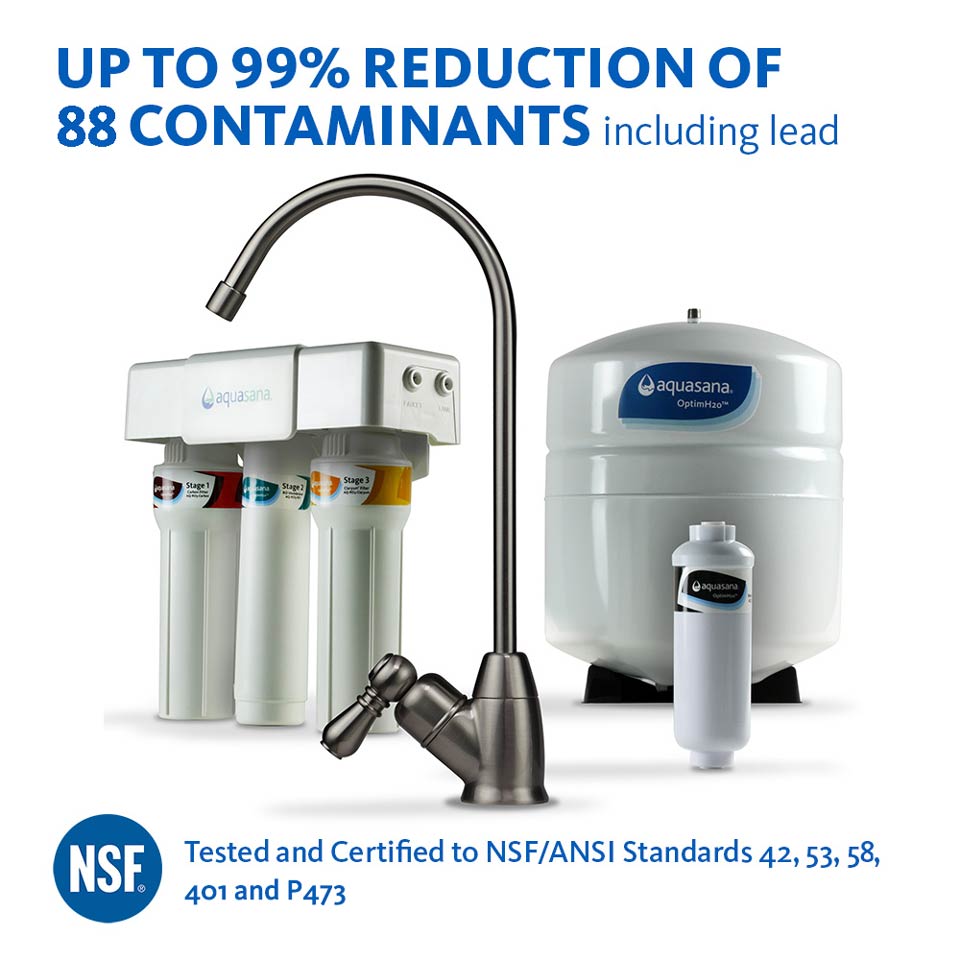 By water softening I mean removing calcium and magnesium ions from water. Water softening is often a form of water pre-treatment method to reduce water “hardness”.
By water softening I mean removing calcium and magnesium ions from water. Water softening is often a form of water pre-treatment method to reduce water “hardness”.
Another type of ion exchange in water treatment is “deionization”. This water filtration process removes all dissolved solids.
DI (Deionization) can be an important component of a larger water purification system because it’s an effective means of removing water hardness and this is particularly true of carbon adsorption and reverse osmosis (RO) filtration systems.
DI systems are effective at removing ions, however, they do not effectively remove most microorganisms or organics.
Deionization |
|
|
|
Carbon Adsorption (aka Activated Carbon)
“Carbon adsorption” happens when a solid adsorbent material (that contains carbon) filters water.
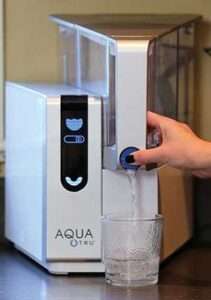 Activated carbon is porous, inexpensive and absorbs or removes contaminants over a large surface area.
Activated carbon is porous, inexpensive and absorbs or removes contaminants over a large surface area.
It comes from almost any feed stock that contains carbon such as coconut shells and products from the coal family.
Carbon adsorption is a popular form of home water filtration.
This is because it can efficiently remove bad tastes and odor (including chlorine). it also removes chemicals, gases as well as many microorganisms.
However, it wont remove hardness nor will it dissolve solids or heavy metals.
In fact, there are only a small number of certified carbon filter systems that can remove coliform, asbestos, cysts and lead. As a result, activated carbon is popular in commercial product applications. And the majority of wastewater plants use this carbon process to purify water.
There are two types of carbon filter systems
i) solid block carbon and
ii) granular activated carbon.
Both these methods can be used along side a “reverse osmosis system“, which will be discussed next.
Carbon Adsorption |
|
|
|
Reverse Osmosis
Reverse osmosis (RO) the best water filter system? Well it is by far one of the most effective methods for removing 90% – 99% of all impurities in water. It works by using a semipermeable membrane (almost like a sponge that filters and purifies water.
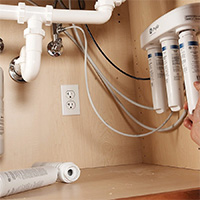 It will remove molecules, ions as well as other particles from water.
It will remove molecules, ions as well as other particles from water.
This can also happen in nature and this occurs when osmotic pressure pushes water through a membrane.
Thereby diluting it and the end result is cleaner water.
Reverse osmosis (RO) is one of the most efficient and effective methods for filtering tap water.
This filtration type requires proper installation to accommodate specific water issues you might have.
Also, it is the best water filter system for nuclear radiation. people who live near nuclear power plants use this filtration system.
Reverse Osmosis |
|
|
|
Conclusion – Which Water Purification System is the Best?
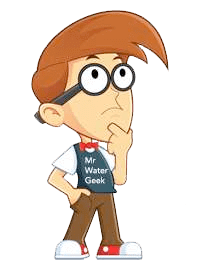 This article has highlighted just a few of the most popular water purification systems.
This article has highlighted just a few of the most popular water purification systems.
Different water filtration systems are appropriate for removing different contaminants.
You can not rely on any single filter to remove every possible type of impurity.
However, the best option is probably a combination of different water filters so that you can achieve the best water quality.
 Which is the best water filter system? Reverse Osmosis seems to be the best from this list.
Which is the best water filter system? Reverse Osmosis seems to be the best from this list.
Why? Because it removes most impurities and once set up to work from your tap, it works automatically with very little maintenance.
A basic RO water filter system will turn your standard quality tap water into cleaner, purer, better tasting water.
Water Filter Comparison Table Chart
AquaTru Water Filter | Berkey Water Filter |
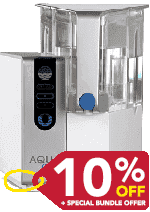 | 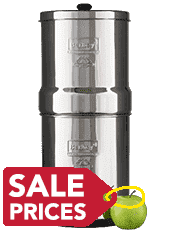 |
| - Arsenic: Approx 90% (unspecified). - Fluoride by 91.8% (WITHOUT extra filters). - Lead 97.5% - Benzene 99.9% - Chlorine 96.6% - Cysts 99.99% | - Arsenic by 99.9% (special filters required). - Fluoride by 99.9% (special filters required). - Lead 97.5% - Benzene 99.8% |
| Available in 1-size only. | Available in various sizes. |
| Plastic materials. | Metal & plastic materials. |
| Number of filters: 3 | Number of filters: 2 - 4 |
| Filter methods: Mechanical, Reverse Osmosis & Activated Carbon filters. | Filter methods: Black microporous-filters & white fluoride Filters |
| 4-stage filter process. | 2-stage filter process. |
| Holds a maximum water capacity of 3-quarts. | 2.25 Gallons |
| 45.7 x 45.7 x 38.1 cm | 19" High x 8.5" Diameter |
| System: 1 year limited warranty. | Filters: 2 years; System: 1 year. |
| Full Performance Data Sheet (AquaTru). | Berkey Contaminants List NSF/ANSI test results |
| SPECIAL OFFER? Yes, use code MRWATERGEEK  | SPECIAL OFFER? Yes, Big Berkey bundle sale |
 | |

